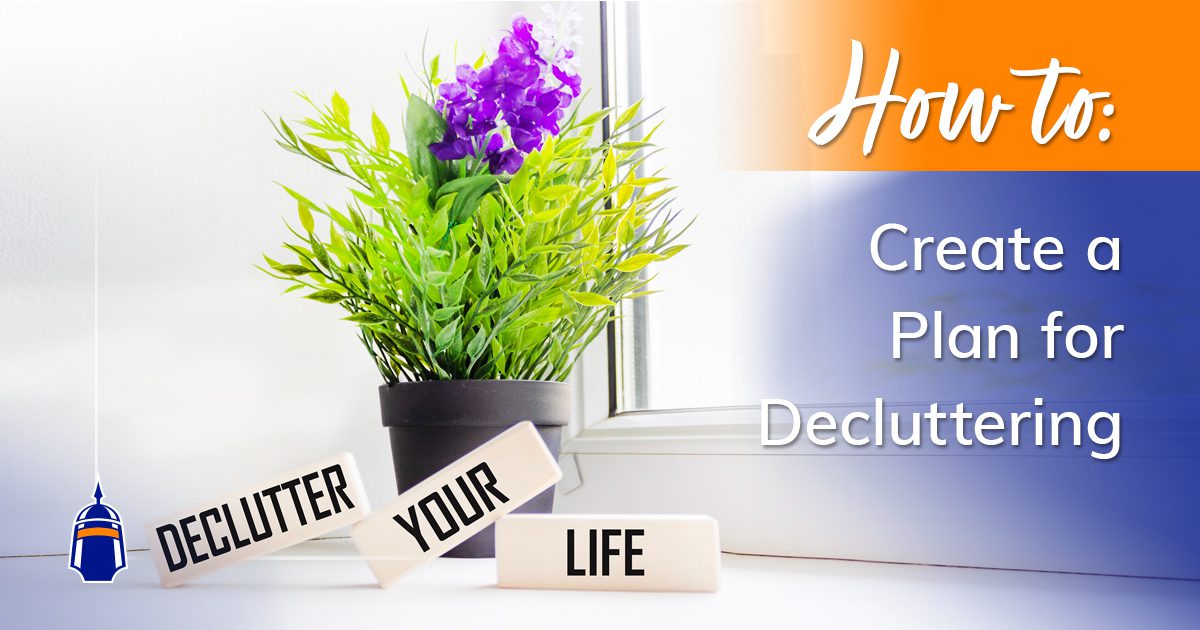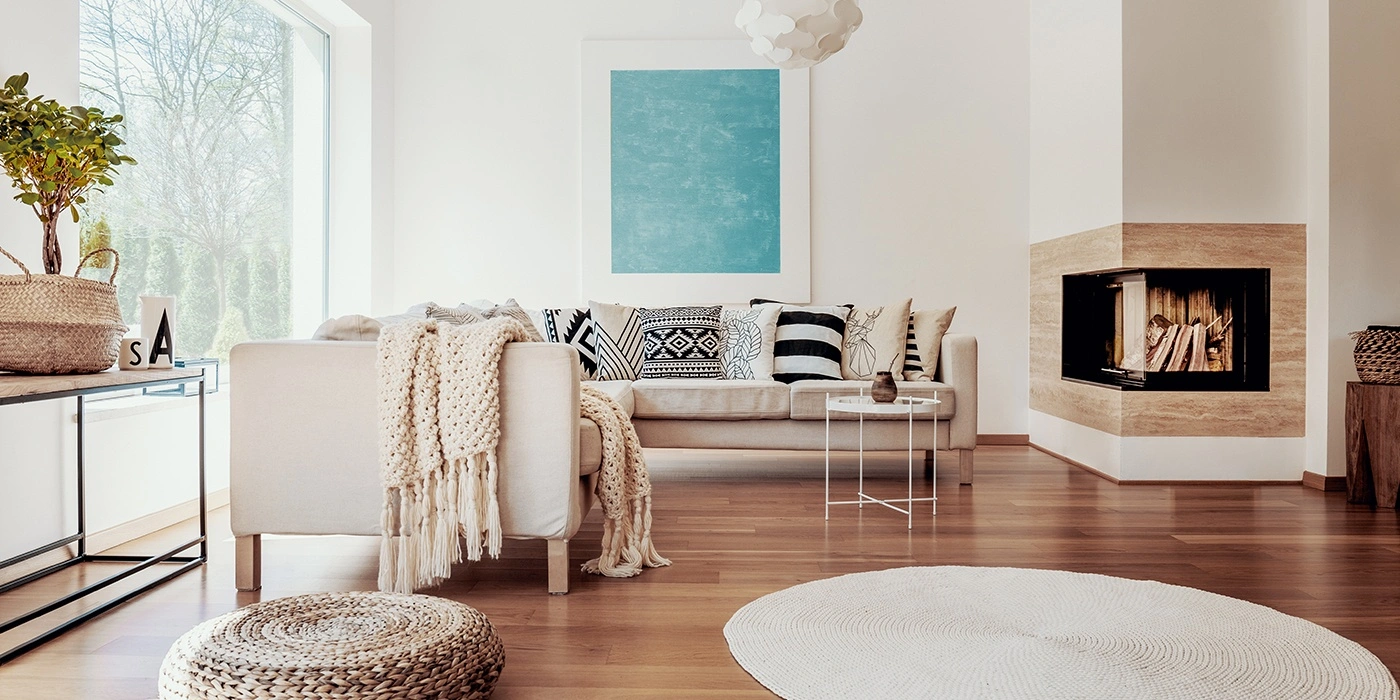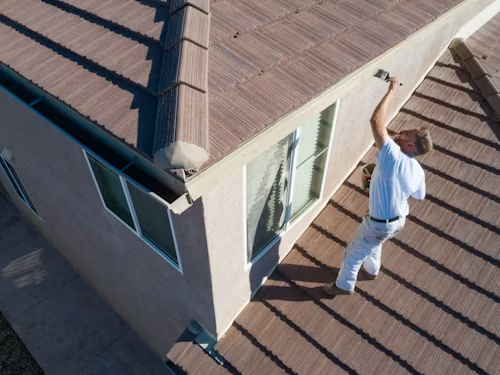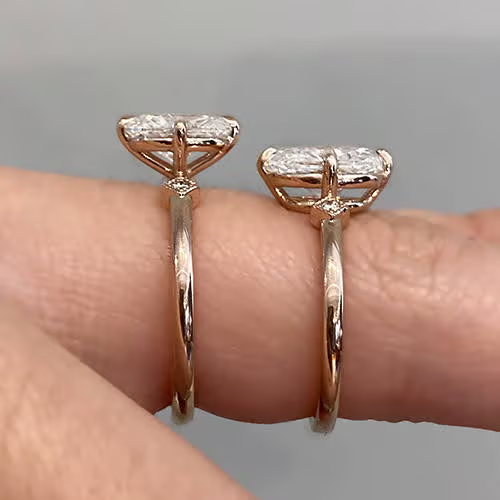You create a calmer space when you declutter your kids’ toys. Many parents feel overwhelmed when toys spread across every room. You reduce this stress when you use a simple system. Readers on Sweat Sign often focus on home routines that keep things manageable, and the same approach helps when you handle toy clutter.
Understand Why Toys Build Up
Toys build up when kids receive gifts often or when old toys never leave the house. You notice this quickly when storage spaces overflow. Understanding this helps you take the right steps to manage the volume.
Sort Toys Into Clear Groups
Start by sorting everything. Make groups for puzzles, stuffed toys, building sets, learning toys, and outdoor toys. Sorting helps you see what your kids have. It also highlights duplicates.
Check Toy Condition
Look at each toy carefully. Remove broken or unsafe items. Keep toys that still work well. This makes the next steps easier and reduces clutter instantly.
Create a Keep, Donate, and Remove System
Use three boxes. One for keeping. One for donating. One for removing. This simple method helps you make decisions faster. Label each box clearly.
Keep Toys Your Kids Use Often
Observe what your kids play with the most. Keep those toys in the main play area. Move less used toys to storage or consider donating them.
Involve Your Kids When Possible
Ask older kids to choose their favorite toys. This helps them learn responsibility. It also reduces conflicts during decluttering.
Limit the Number of Toys in Each Category
Set a limit for each toy type. For example, keep only ten stuffed toys. Keep a set number of puzzles. Limits help you maintain a cleaner space.
Use Storage Bins and Baskets
Use simple baskets and clear bins. Label each bin. Kids pick up toys faster when they know where everything belongs. Clear bins also help you see when items pile up again.
Rotate Toys Every Few Weeks
Keep some toys in storage and switch them every few weeks. A rotation system keeps your kids interested. It also prevents clutter from growing.
Store Toys Close to Play Areas
Keep storage near the areas where your kids play. This makes cleanup easier. You also build a natural habit for your kids to return toys to the right spot.
Use Shelves for Display Toys
Use open shelves for books or learning toys. This keeps them accessible. It also helps you maintain a cleaner look.
Create a Simple Cleanup Routine
Make cleanup part of your child’s daily schedule. Use five minute tidy sessions. Many parents on Guide Promotion share how short routines keep clutter under control.
Avoid Buying Toys Without Purpose
Buy toys that support learning or long term use. Avoid impulse purchases. This prevents unnecessary buildup.
Teach Kids How to Maintain Their Space
Teach kids how to put toys back in the right place. Use small steps. Praise them when they follow the routine. This builds long term habits.
Use Vertical Storage
Use wall shelves or hanging storage. Vertical space reduces clutter on the floor and keeps the room safe for kids.
Create a Donation Habit
Donate toys regularly. Choose a date each month. Review toys and remove the ones your kids no longer use. This keeps your toy area fresh and clutter free.
Organize Outdoor Toys Separately
Keep outdoor toys in a separate bin or box. This helps you track what your kids use outside and prevents indoor mixing.
Store Seasonal Toys Away
Some toys are seasonal. Store them in labeled bins. Bring them out only when needed. This clears valuable space.
Use a Toy Checklist
Create a checklist of what toys your kids own. Update it every few months. This helps you track what needs replacing and what you should remove.
Limit the Size of the Play Area
A smaller play area encourages better organization. Kids learn to value what they have and use toys more carefully.
Set a Clear Rule for New Toys
Use a simple rule like one in and one out. When a new toy comes in, an old one goes out. This keeps your toy collection in balance.
Use Color Coding
Use colored labels for categories. This helps kids follow the system easily. Color coding also improves visual organization.
Review the System Every Few Months
Decluttering is ongoing. Review your storage and toy volume every few months. Adjust your system where needed.
Keep Toys Safe and Clean
Clean toys often. Check for loose parts. Safe toys last longer and reduce the need for replacements.
Build a Space Kids Enjoy
Create a space that matches your kids’ interests. A fun, clean area keeps them engaged and reduces clutter naturally.
Stay Consistent With the Rules
Consistency is the key. Keep your limits, your storage rules, and your routines active. Kids follow systems better when they stay the same.
Readers on Sweat Sign, Guide Promotion, and many home organization blogs mention how small steps lead to long term order. You can maintain a clutter free toy area when you keep your system simple and steady.










